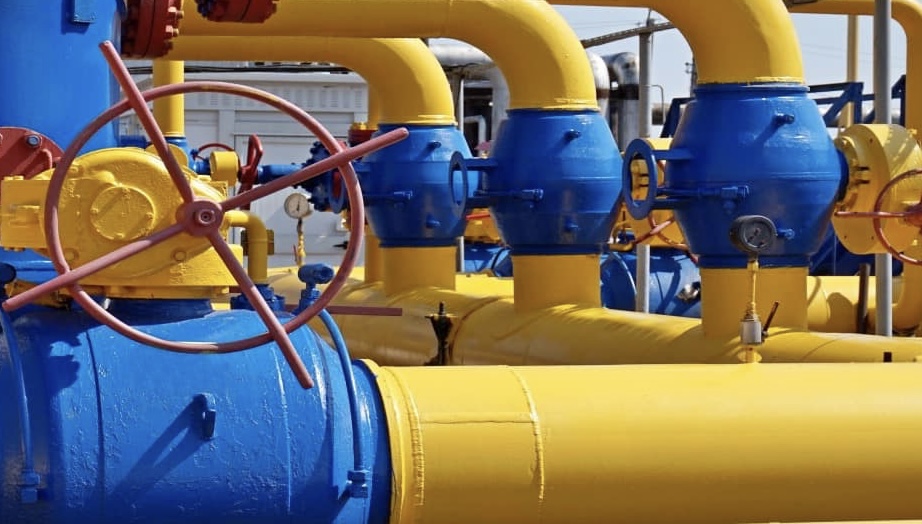KEY POINTS
- Morocco’s ONEE to build a $420 Million, 990-MW gas-fired power plant, aligning with its energy diversification goals.
- 20% equity by ONEE, 80% loans from Attijariwafa Bank, Bank of Africa, and securitization funds.
- Alwahda is set to utilize existing pipelines, boosting gas infrastructure to help Morocco’s 2030 renewable energy targets.
Morocco’s ONEE to build a $420 million, 990-MW gas power plant, advancing energy diversification and renewable goals through innovative financing and strategic infrastructure.
Morocco’s National Office of Electricity and Drinking Water (ONEE) has unveiled plans to develop a state-of-the-art gas-fired power plant with a capacity of 990 megawatts.
The project, valued at 4.15 billion dirhams ($420 million), marks a significant step in the nation’s drive to modernize its energy infrastructure and reduce its reliance on coal.
Innovative financing fuels energy expansion
The financing structure demonstrates Morocco’s commitment to sustainable growth. ONEE will contribute 20% equity, while the remaining 80% will be secured through loans from Attijariwafa Bank, Bank of Africa, and two securitization funds—FT Nord Energy and FT Flexenergy—ensuring diversified and robust funding streams.
Located at the Alwahda site in northern Morocco, the plant will feature two open-cycle gas turbines (OCGT) with diesel backup capabilities for emergencies. Leveraging an existing pipeline that imports natural gas from Spanish terminals, the project highlights Morocco’s strategic use of regional infrastructure to enhance energy security.
Natural gas as a bridge to renewables
Morocco’s energy policy is at a crossroads, aiming to balance rapid economic growth with climate-conscious initiatives. The Alwahda plant aligns with the nation’s goal of increasing the share of renewables in its energy mix to 52% by 2030, up from 45% in 2024.
By incorporating natural gas—a cleaner alternative to coal—Morocco is building a transitional framework to support its renewable ambitions.
As reported by Reuters, the project also complements plans for a natural gas terminal at Nador West Med port, set to connect to the same pipeline that powers the Alwahda plant. This dual infrastructure approach ensures seamless integration of gas-fired power with renewable energy sources like solar and wind.
Expanding capacity for a sustainable future
Morocco’s installed energy capacity currently stands at 11,918 megawatts, with coal dominating the mix. The addition of the Alwahda plant will not only meet rising electricity demand but also pave the way for a cleaner, more sustainable energy landscape.
As the global energy transition accelerates, Morocco is positioning itself as a leader in Africa’s clean energy race, blending innovative financing with forward-looking policies to drive both economic growth and environmental stewardship.



